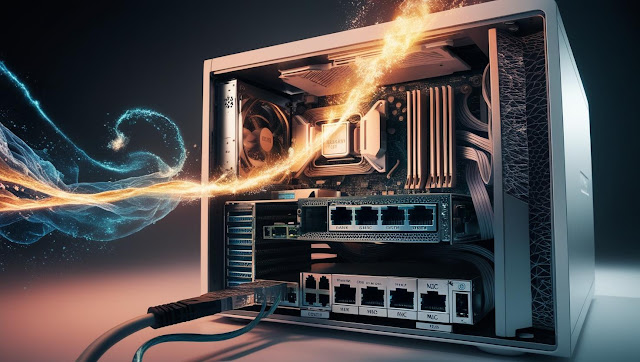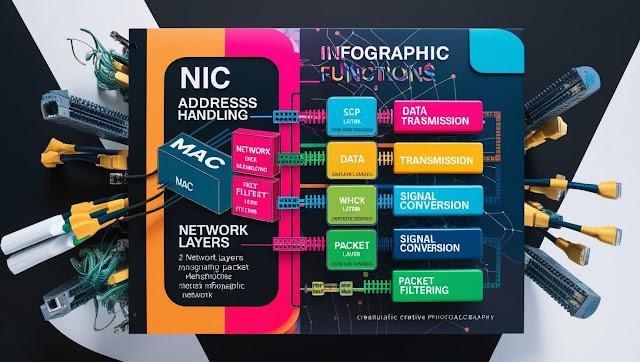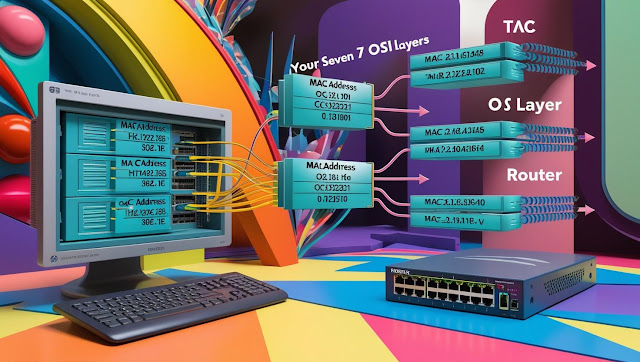Network Interface Cards (NICs)
Table of Contents
- What is a Network Interface Card?
- Types of NICs: Wired vs Wireless
- Core Functions of NICs
- How NICs Work in a Network
- Importance of NICs in Networking
- Modern NIC Technologies and Trends
What is a Network Interface Card?
Types of NICs: Wired vs Wireless
- Wired NICs (Ethernet): These use Ethernet cables to physically connect to a network. They are typically faster and more reliable, commonly used in desktops, servers, and enterprise environments.
- Wireless NICs (Wi-Fi): These use radio waves to connect to a wireless access point. They are common in laptops, smartphones, and tablets for flexible, cable-free networking.
Core Functions of NICs
- Data Link Layer Operation: NICs operate at Layer 2 of the OSI model, managing MAC addressing and frame formatting.
- Signal Conversion: Converts digital data from the device into signals suitable for transmission over network media (electrical for wired, radio for wireless).
- MAC Address Assignment: Each NIC has a unique Media Access Control (MAC) address that identifies it on the network.
- Packet Handling: Sends and receives data packets, verifies data integrity, and discards corrupted data.
How NICs Work in a Network
Importance of NICs in Networking
Modern NIC Technologies and Trends
- Gigabit and 10-Gigabit NICs: Offer high-speed data transfer rates essential for modern applications like streaming, gaming, and cloud computing.
- Virtual NICs: Used in virtualization environments to allow virtual machines (VMs) to access the network.
- Smart NICs: Include additional processing power for tasks like encryption, offloading workloads from CPUs.
Tags:
Ethernet
MAC address
Network Adapter
Network Hardware
Network Interface Card
NICs
OSI Layer 2
Smart NIC
Virtual NIC
Wi-Fi
Wired NIC
Wireless NIC






